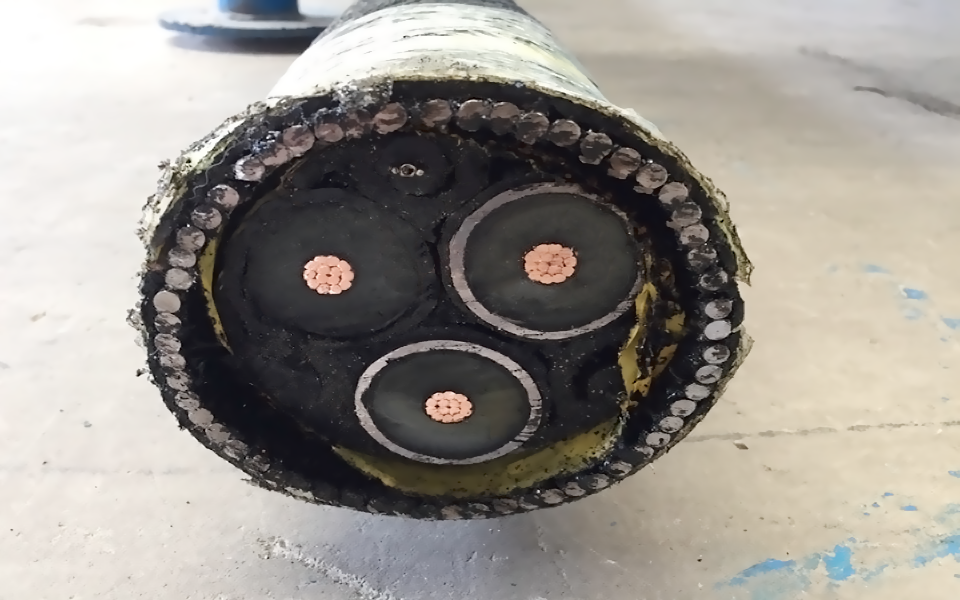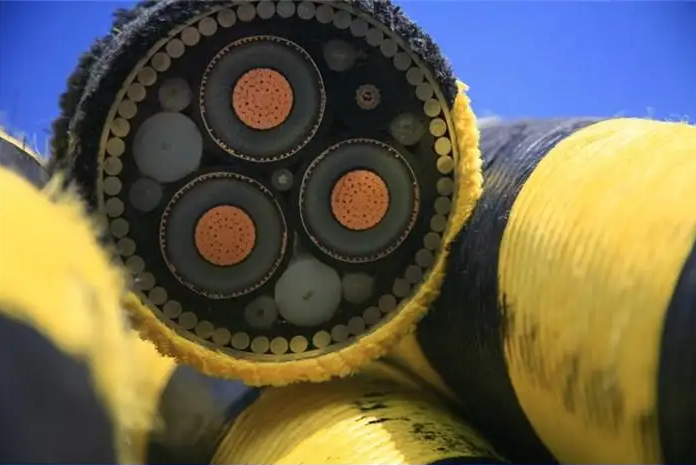
According to a report by the Submarine Power Cable Market released by Technavio, the global combined demand for the sub-sea power cable market will be around 5.89% in 2016-2020. Among them, the fluctuation of raw material prices, the increase of HVDC cables and the increase of R & D investment are the three emerging trends that have contributed to the steady increase in the demand for submarine power cables around the world.
The main raw materials used for the production of power cables are aluminum and copper. The cable itself is heavy duty light industry, so the impact of raw material price fluctuations on cable manufacturers is very direct.
The report believes that by increasing the selling price of finished products can achieve the purpose of increasing the gross profit margin in order to reduce the risk of fluctuations in the cost price of raw materials, but the premise is the supply of finished products in short supply.
HVDC underground cable is a viable option for long-distance high-voltage power transmission. The European Commission has screened 43 major energy projects to create cross-border infrastructure to achieve a single energy market and improve regional energy security. In these projects require a lot of electricity from one European country to another country. As a result, the European market will become a major market for HVDC cables by 2020.
In addition, light weight, low loss and other characteristics also makes the HVDC cable alternative to more advantages than the AC cable, especially in the subsea transmission market.

R & D investment increased According to the report, the increase in R & D investment is one of the major reasons for the steady growth of demand for the power submarine cable market in the future. The rapid growth of the offshore wind market has created more opportunities for research and development. Different alternative energy resources require different types of power cables for the stable delivery of electricity.
As a result, cable manufacturers will continue to invest heavily in new cable technologies to achieve longer distances and lower loss of high-voltage power transmission.